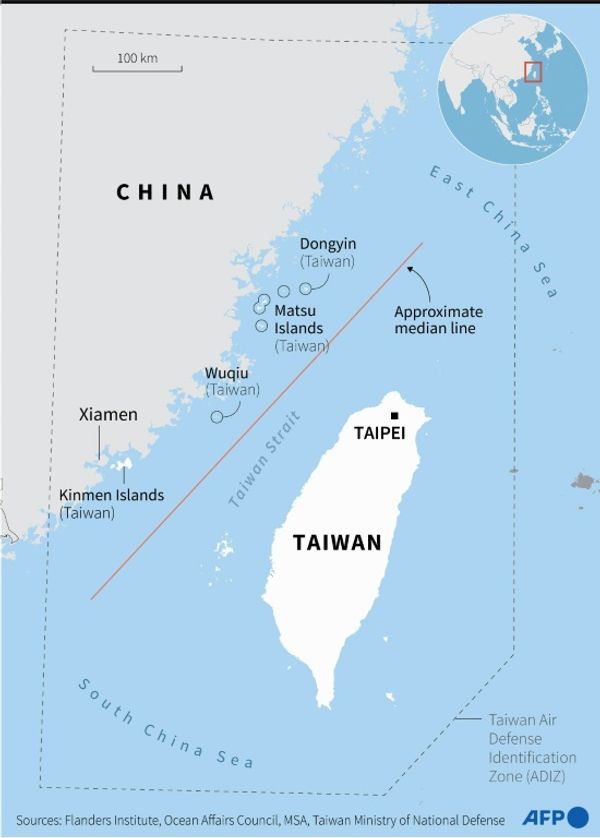
After filing for bankruptcy shortly into the pandemic—and emerging, guns blazing, three months later—leaders at Neiman Marcus Group (NMG) realized that in order to keep up with an entirely new way of working, drastic changes needed to be made.
The first major change: a vast, permanent downsize of its corporate office space in the Dallas/Fort Worth area, from half a million square feet to about 100,000, with no plans to grow it back.
The bankruptcy “allowed us to make some tough choices about what we wanted to do with our corporate real estate,” Eric Severson, NMG’s chief people and belonging officer, tells Fortune. Ditto for tough choices about its work model: The company officially became remote-first, allowing employees to work from anywhere, with no in-office requirement.
The NMG office, which has been so carefully designed to appeal to workers who can drop in at their leisure, is “a magnet, not a mandate,” Severson says.
Some may wonder why NMG even invested in an office at all if they can’t guarantee—by brute force—that it will be filled with people. But Severson takes a different perspective: The hubs are the inverse of a typical pre-pandemic office, which was mostly individual workstations, with small pockets of collaborative space. The Dallas hub has been retrofitted for 70% collaborative space and 30% individual space, a key balance. It can fit about 800 people at any given time, the Dallas Morning News reported, and while it has a wealth of offices and meeting rooms, no one—not even executive brass—has a permanent desk.
With shared-use spaces and connection spaces in ample supply, the idea is that “people will come together” at the Dallas hub because they want to, and it serves their needs, not because they’re required to.
Productivity and choice are at the heart of the matter
Despite NMG’s salient approach, most companies nonetheless stick with mandates. Severson says it’s not so much because they’re doubtful it works, but rather that “inertia is a really powerful force,” and it’s easier to stay the same than to risk a major change.
“Many companies have not necessarily done a great job of measuring outcomes related to initiatives,” he goes on. “I see CEO after CEO saying that they’re forcing you back into the office to improve collaboration and innovation. Not one I’ve seen has cited any statistical research or other proof that that’s true.”
To be sure, the jury is still out on the real link between productivity and work location. While many workers insist they’re more productive at home, others admit they accomplish more at the office. And while some amount of worker-led flexibility is roundly considered the best approach, each team is different, and most U.S. companies are still struggling to land somewhere everyone is happy with.
The unfortunate state of affairs, even nearly four years into the work-from-home revolution, is that every side has its points—and some requisite data to rely on.
As for NMG, its remote-first policy, with a bottom-up work-from-anywhere mentality, has directly led to 34% improvement in employee engagement and 31% improvement in time to hire for new roles, Severson tells Fortune.
“People have known for many years that flexibility has been a top attraction and retention driver,” says Severson, a former HR chief at Gap Inc. “Especially in corporate marketplaces, two factors create work-life stress and attrition: high cost of living and long commute times.” Look no further than super commuters and inflation to see both of those still happening. Any effort on the employer’s part to ameliorate these forces would undoubtedly be popular.
And at NMG, they are, Severson says, with no dampened productivity to speak of. “As someone who’s been doing this for 32 years, and worked before email or videoconferencing, some of the best leaders with the most creative, highly engaged, productive teams managed fully remote teams,” he says, naming examples like regional directors or store managers in markets across multiple states. “You’d see many of them once a month, and they were some of our very best leaders.”
He encourages any intransigent, pro-office companies—maybe those which, like NMG, have poured millions into physical office space—to put aside their assumptions and test-drive flexibility. “The academic research is unequivocal on this subject. There’s no impact on productivity, and a big increase in happiness,” he says. “Happiness can be measured by engagement, which improves with flexibility and remote options.”
There’s also the matter of avoiding proximity bias. “If you’re designing a work-from-anywhere concept, you need to ensure there’s equity in the system so people co-located near the corporate hub don’t get undue attention or preference,” he says. “No office participation required.”







